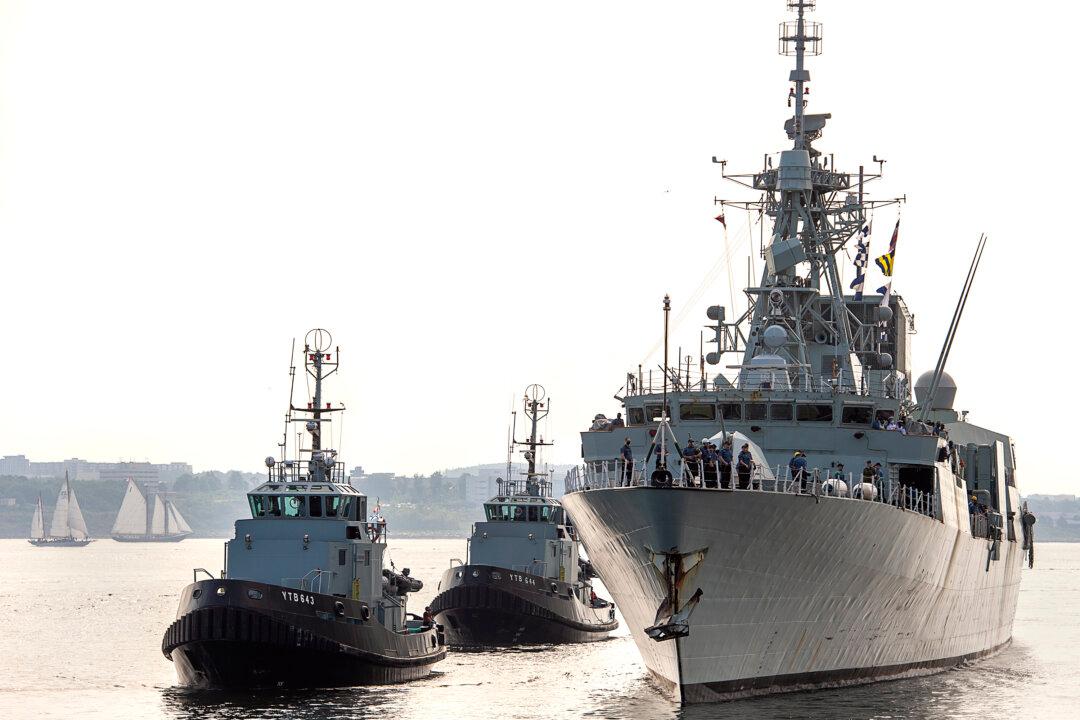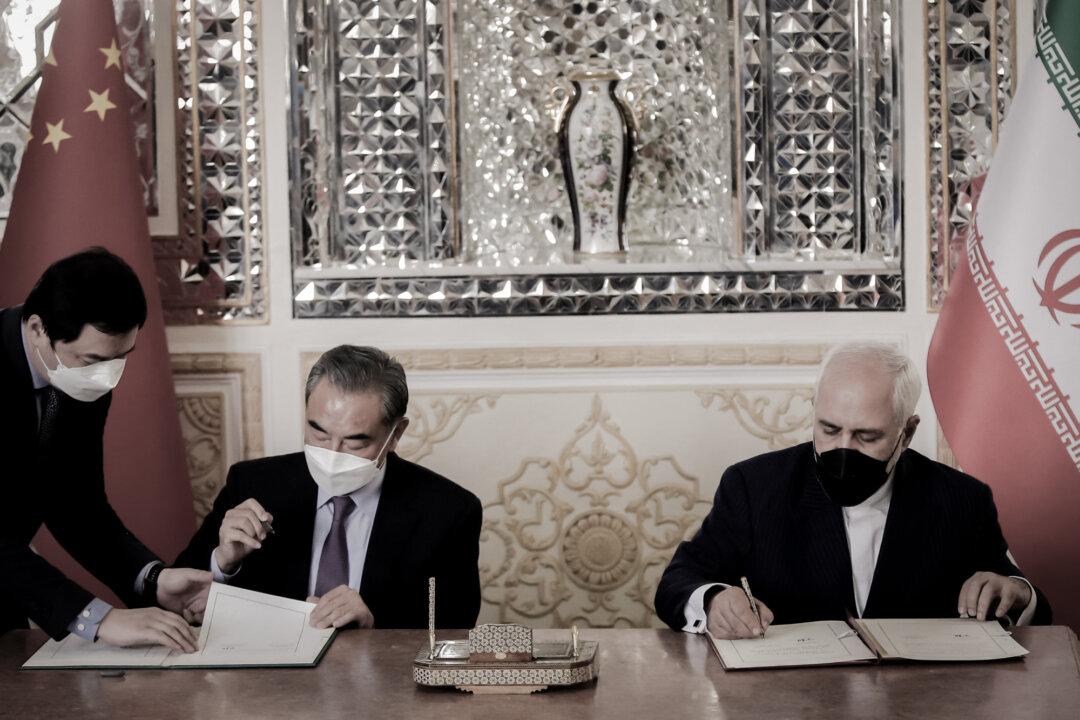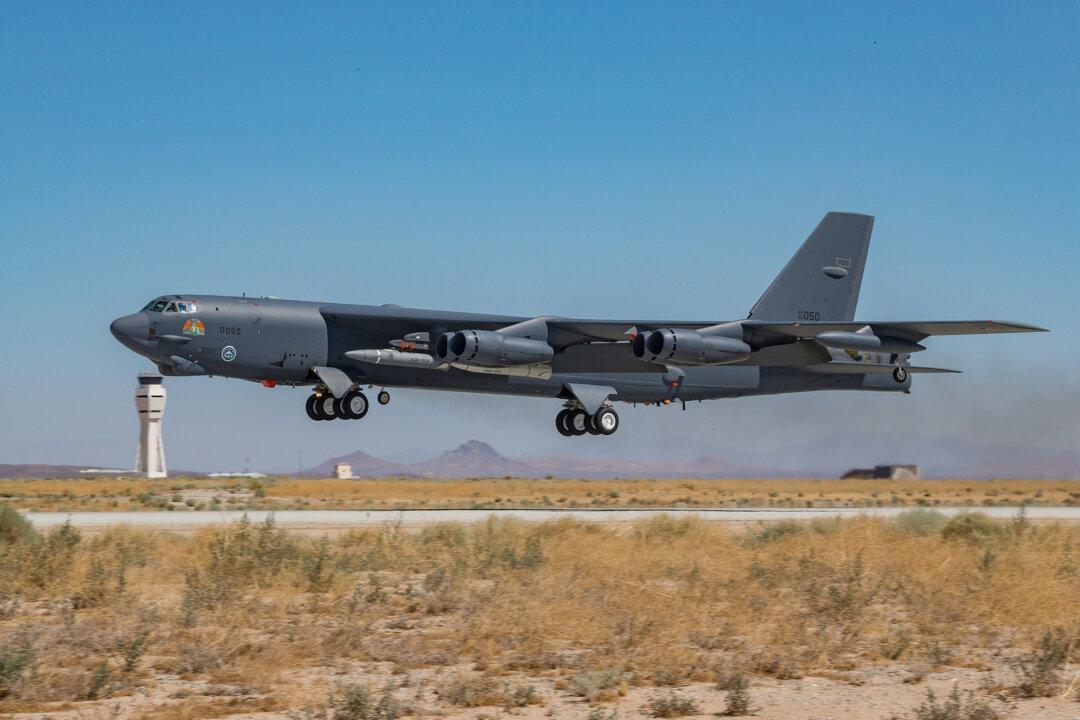Commentary
Perhaps forgotten in Canadian history is that the Royal Canadian Navy (RCN) once had aircraft carriers. The last one was the HMCS Bonaventure, which plied Atlantic waters with jet fighters and anti-submarine warfare aircraft until 1970. Economies of budget then set in and the shrinking of the Canadian Armed Forces (CAF) began and subsequently plummeted in the post-Cold War environment.





